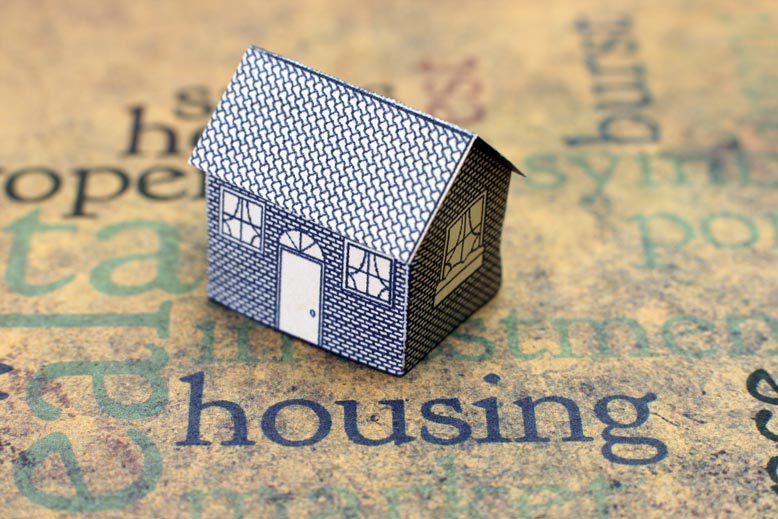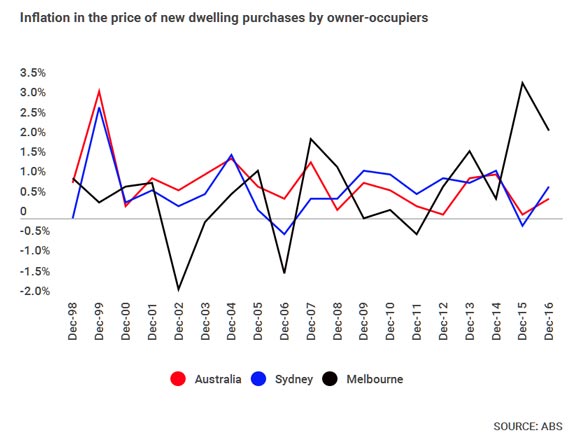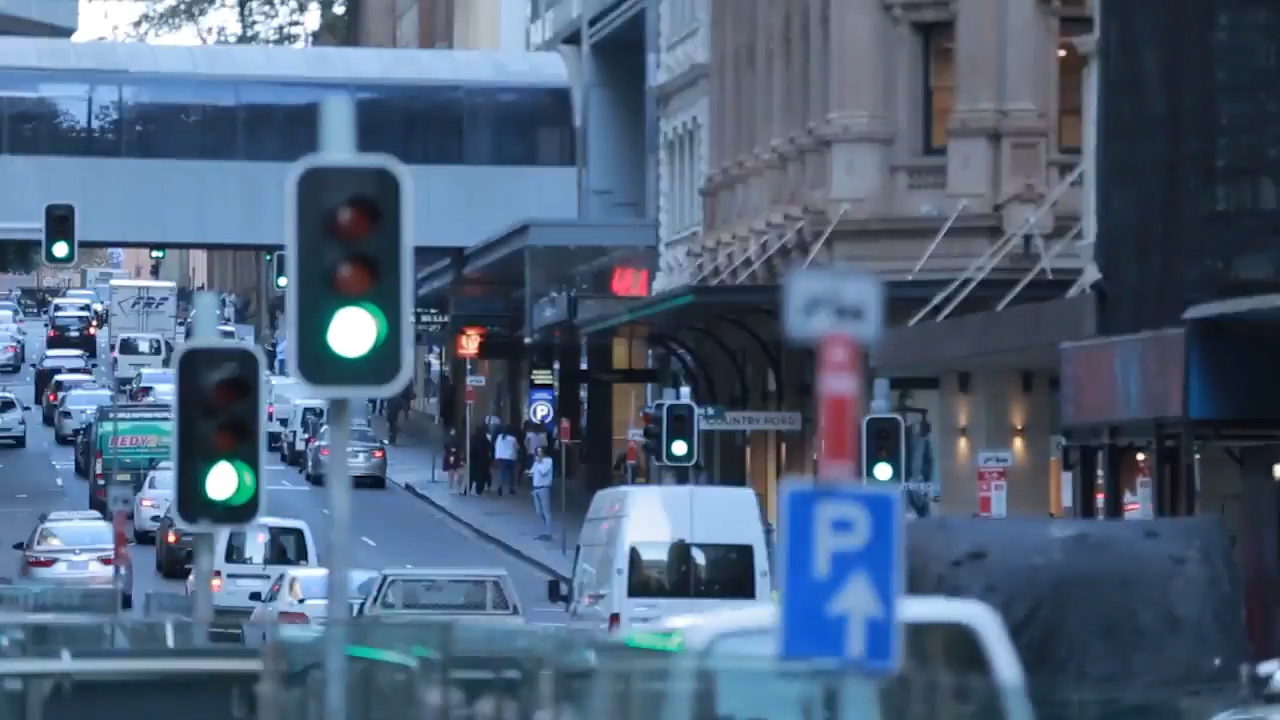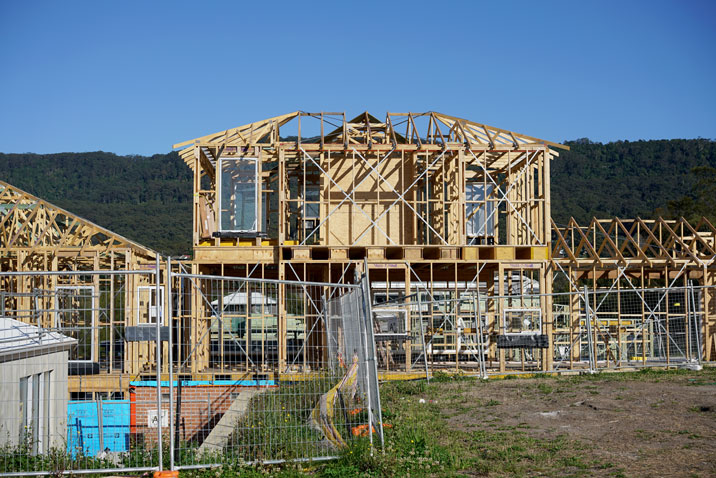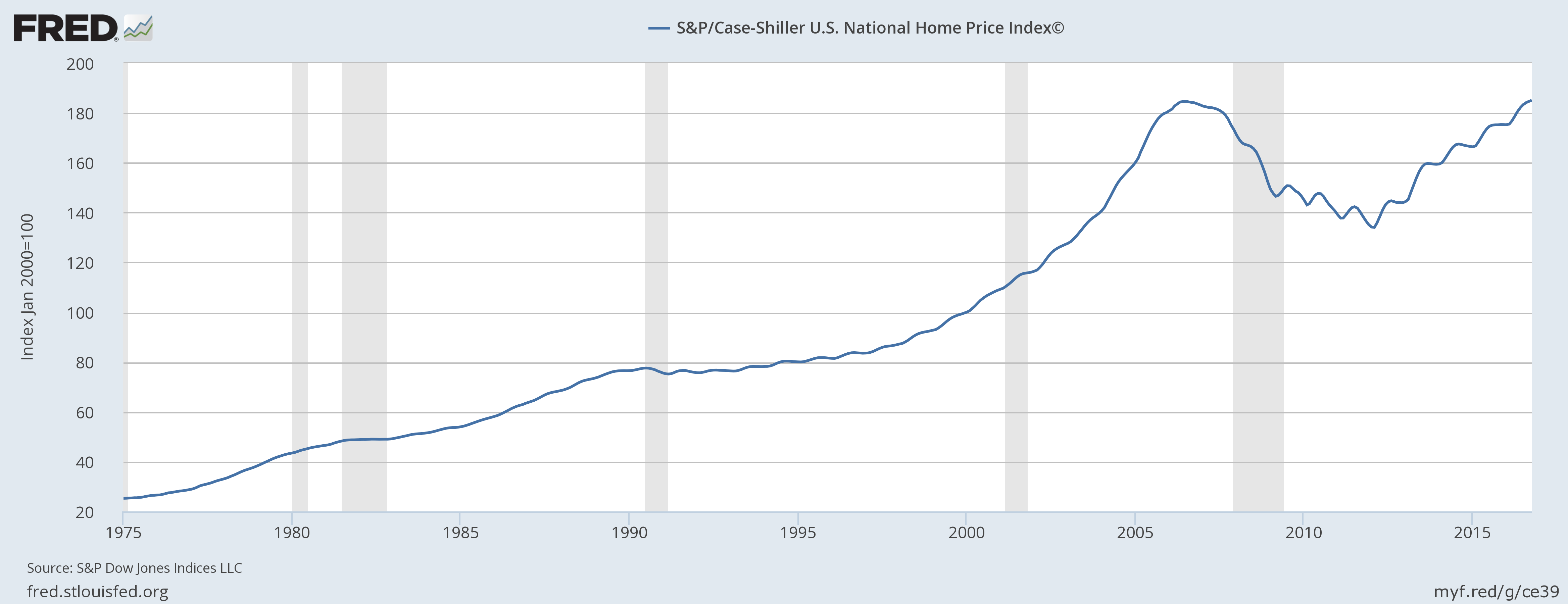The newly released annual Demographia report on housing affordability has found – once again – that Australia has some of the least affordable housing markets in the world. Sydney was ranked as the second-least-affordable housing market behind Hong Kong.
This news came just a day after incoming NSW Premier Gladys Berejiklian announced that improving housing affordability would be a priority for her government.
What was more surprising was that Australia had the dubious distinction of having four of the ten least-affordable housing markets covered by the survey. Melbourne was ranked the tenth-most-unaffordable housing market. Wingecarribee and Tweed Heads came in at seventh and eighth respectively.
This is sobering news given the report covers major world centres such as London and New York. And for many commentators this outcome came as a shock: how could regional Australia – which is perceived as less dynamic than the capital cities and with ample space for housing – be so unaffordable?
But the result has been signalled previously. In 2012, Port Macquarie on the New South Wales mid-north coast was named among the five least affordable housing markets globally. It was the most unaffordable housing market in Australia – beating even Sydney.
Indeed, housing researchers have been discussing the housing crisis outside our capitals since the early 1990s.
Cashed-up newcomers have an impact
What are the factors that have given rise to this outcome? And why are some regional communities so badly affected?
First, and perhaps most importantly, the housing affordability crisis in communities such as Wingecarribee and Tweed Heads reflects change in where and how Australians live. Wingecarribee in the southern highlands of NSW and Tweed Heads on the Queensland-NSW border are attractive destinations for retirement and leisure living.
Baby Boomers and cashed-up Gen Xers move to these communities for lifestyle reasons. In the process, they push up the price of housing. Often these wealthy city buyers are buying a property they will occupy for only two or three weeks in the year, but the impact on the housing market is long-term and cumulative.
An influx of cashed-up newcomers to regional communities for lifestyle reasons is one factor pushing up property prices. Sandy Horne, Author provided
Second, the common perception that country Australia is less prosperous – and less frenetic – than our major cities has an element of truth. Average incomes are lower in country towns and along our coastal seaboard when compared with the cities.
But this means households need to spend a higher percentage of their earnings to pay the rent or meet their mortgage. That task becomes more difficult when they have to compete with city residents looking for holiday homes or rental investments.
Challenges in building new housing is a third factor affecting affordability across the regions. While housing construction costs are slightly higher outside the capitals, the biggest barrier to the construction of affordable housing is land cost.
Preservation comes at a price
In some communities, planning restrictions meant to protect valuable and productive agricultural land, in combination with measures placing buffers around water courses and laws protecting native vegetation, mean there is simply no land available for urban development. In numerous small towns across Australia it is near impossible to build a home.
The self-interest of existing home owners – the Not In My Back Yard (NIMBY) phenomenon – has contributed to the affordability crisis in many rural and fringe metropolitan communities. New arrivals from the cities as well as long-term residents have lobbied governments to impose restrictive conditions that preserve the quality of life of existing home owners.
This resistance to change has locked out new entrants, especially if they are seeking affordable housing. In some parts of Australia it has meant those raised in a community are forced to move to less attractive places to find accommodation they can afford.
Finally, we need to acknowledge the sale of public housing by state governments has had an impact on city and regional housing markets alike. Many governments have shed both their employee and public housing stock in rural and regional communities. This has resulted in a reduced supply of affordable homes and increased competition in both rental and home-buying markets.
In some townships the withdrawal of government investment and ownership has also led to a noticeable deterioration of dwellings. This is because low-income buyers have been unable to afford the maintenance of properties purchased at low prices.
The housing affordability crisis in regional Australia is not news to long-term observers of Australia’s housing markets. The challenge we face as a nation is that solving this problem of housing affordability is likely to be more difficult in our regional centres – because of their differing circumstances, their geographic spread, the large number of governments involved – than in the capitals.
However, solutions are needed if our country towns, coastal communities and regional cities are to remain vibrant and productive places.
Author: Dean, Research and Innovation, University of South Australia

